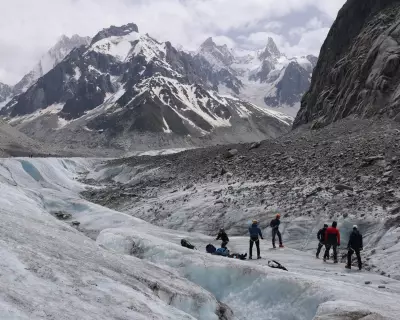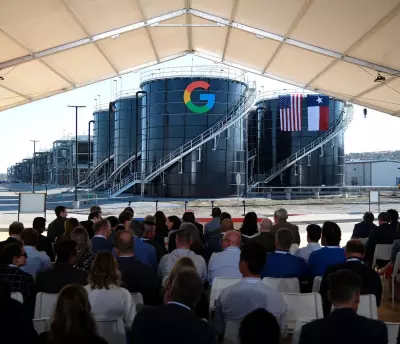
In a startling environmental revelation, the Amazon rainforest is now grappling with air pollution levels that exceed those measured in some of the world's most notorious urban centres, including London and Beijing. This invisible crisis threatens not only the global climate but also the health of millions across South America.
The Invisible Threat to the World's Largest Rainforest
Recent scientific analysis has uncovered that concentrations of toxic airborne particles in the Amazon now regularly surpass those found in major metropolitan areas. This atmospheric deterioration stems from increasing human activity within the rainforest, primarily deforestation fires and agricultural burning.
Professor Paulo Artaxo from the University of São Paulo, a leading author of the study published in Environment International, expressed grave concern: "When people envision the Amazon, they picture pristine wilderness. The disturbing reality is that we've created atmospheric conditions that are more polluted than many densely populated urban environments."
From Carbon Sink to Pollution Source
The research reveals a troubling transformation of the Amazon's fundamental role in global climate systems. Historically serving as a vital carbon sink, absorbing approximately 5% of global carbon emissions annually, the rainforest now contributes to atmospheric pollution during the dry season from August to October.
During these months, widespread burning for land clearance generates such significant pollution that the Amazon becomes a net contributor to atmospheric carbon rather than a absorber.
Health Implications for Local Populations
The deteriorating air quality poses severe health risks to the estimated 30 million people living within the Amazon region. Fine particulate matter, known as PM2.5, can penetrate deep into lungs and enter the bloodstream, causing respiratory illnesses, heart problems, and premature death.
Researchers recorded PM2.5 concentrations reaching levels considered hazardous by World Health Organization standards, with particularly high readings in the Brazilian Amazon.
Global Climate Implications
This pollution crisis extends far beyond South American borders. The Amazon plays a crucial role in regulating global weather patterns and storing carbon. Its deterioration could accelerate climate change worldwide, making international cooperation essential.
The findings arrive at a critical moment, with Brazil scheduled to host the COP30 climate summit in Belém in 2025. This positions the country to lead global discussions on forest conservation and air quality management.
A Call for International Action
Environmental scientists emphasize that protecting the Amazon requires coordinated international effort. Professor Artaxo stresses that "safeguarding the Amazon transcends national interest—it represents a global necessity for climate stability and public health protection worldwide."
As preparations for COP30 intensify, this research provides compelling evidence that rainforest conservation must become a central pillar of global climate policy, with implications for every nation on Earth.





